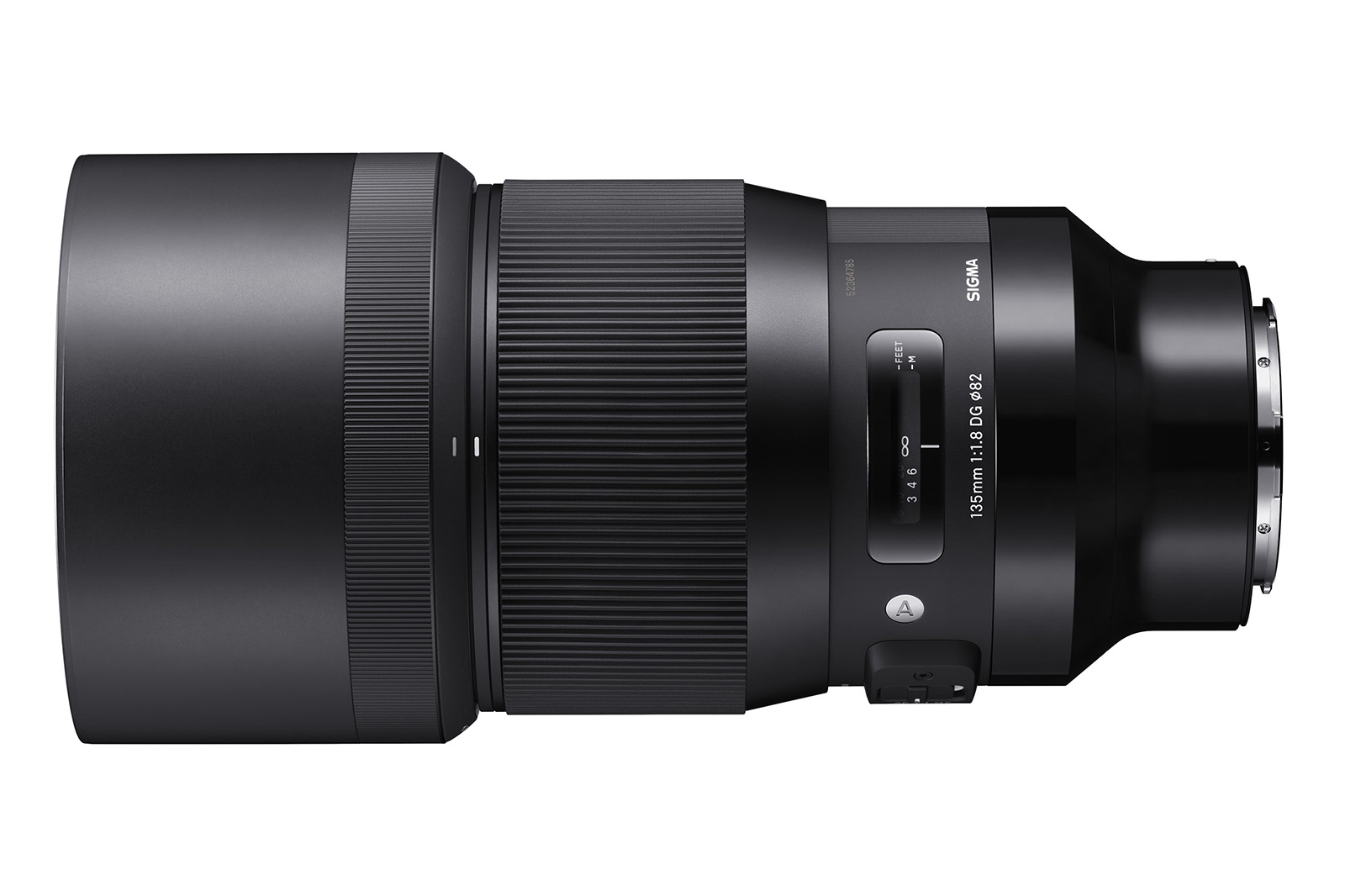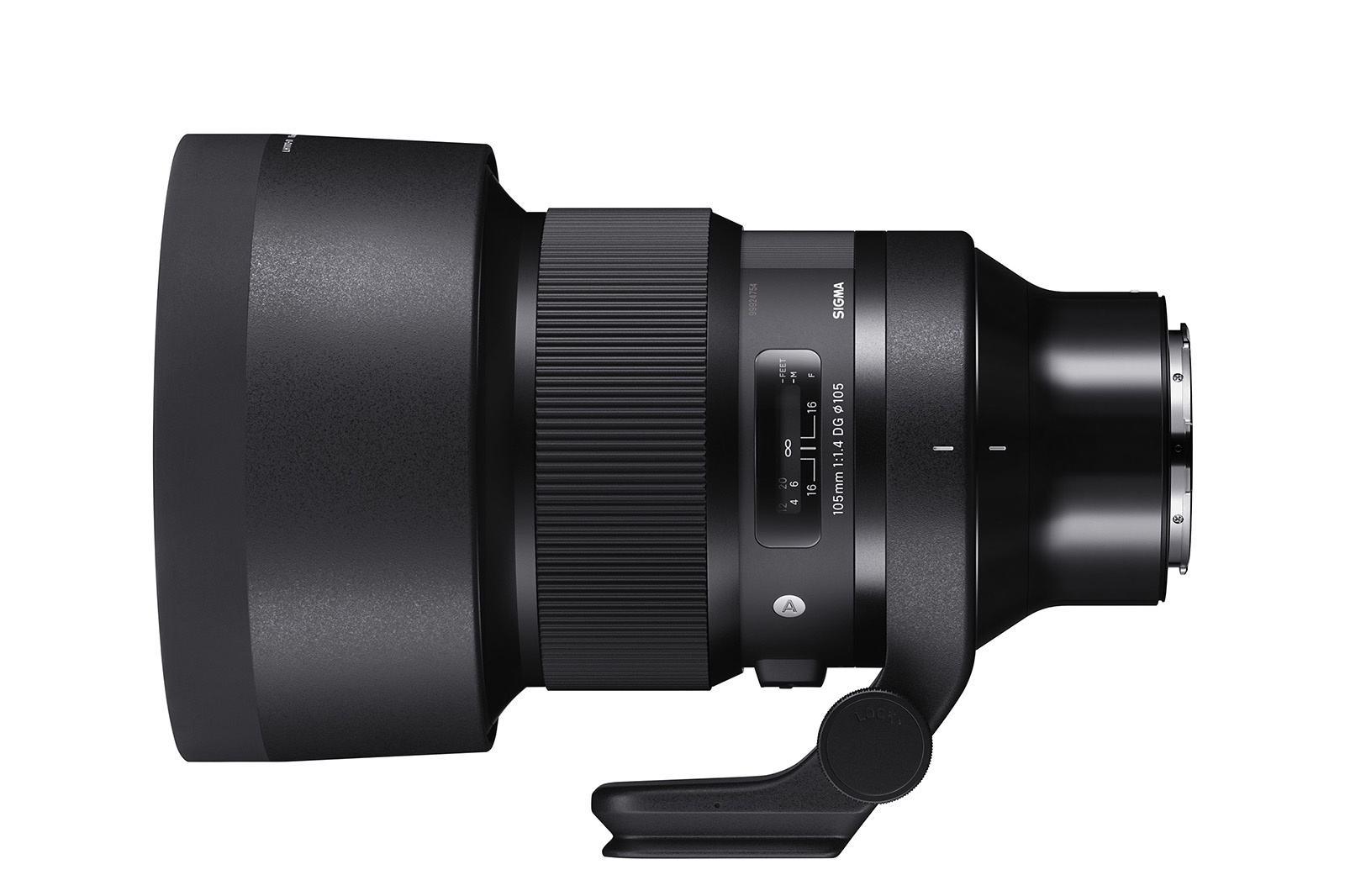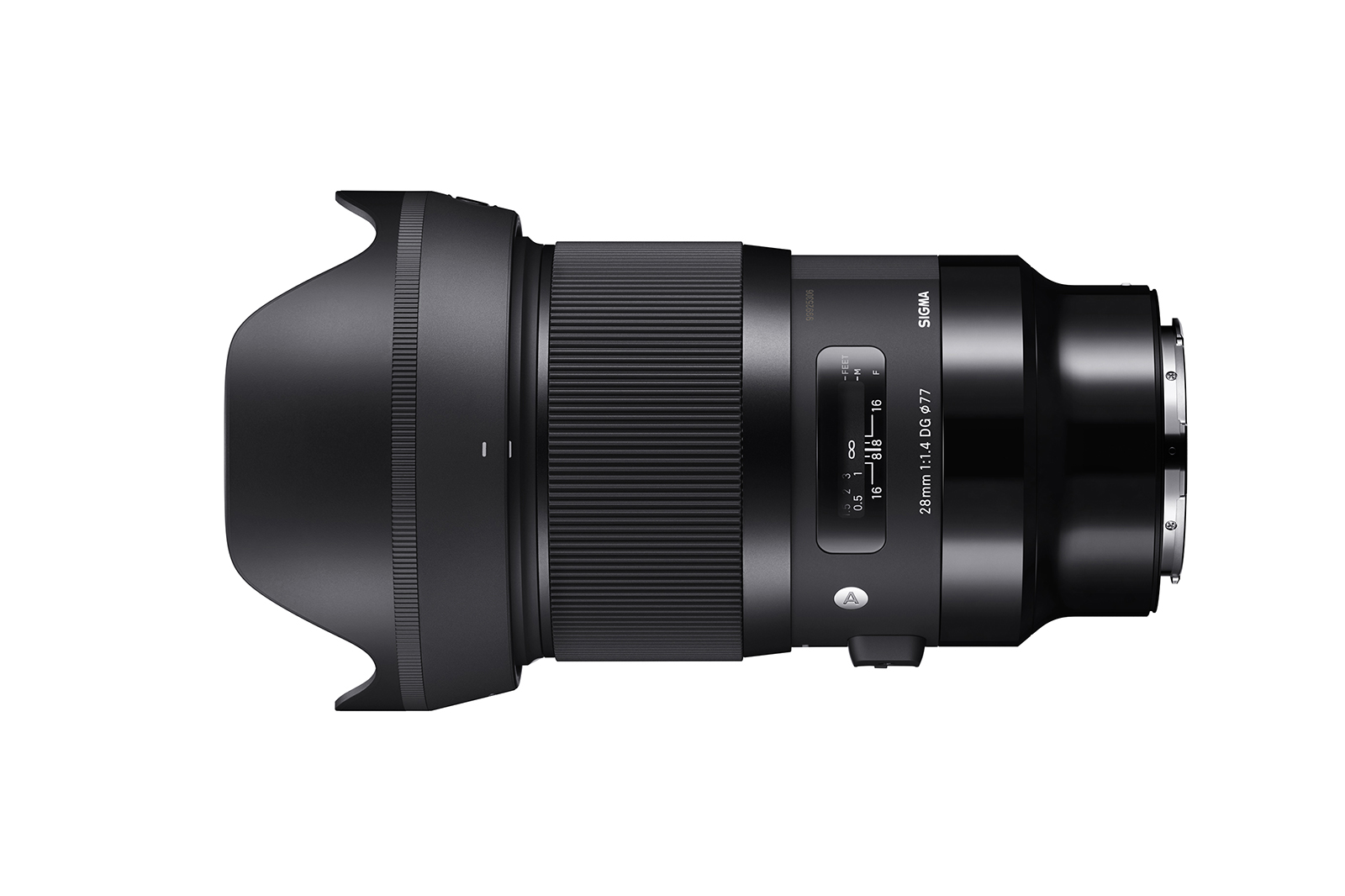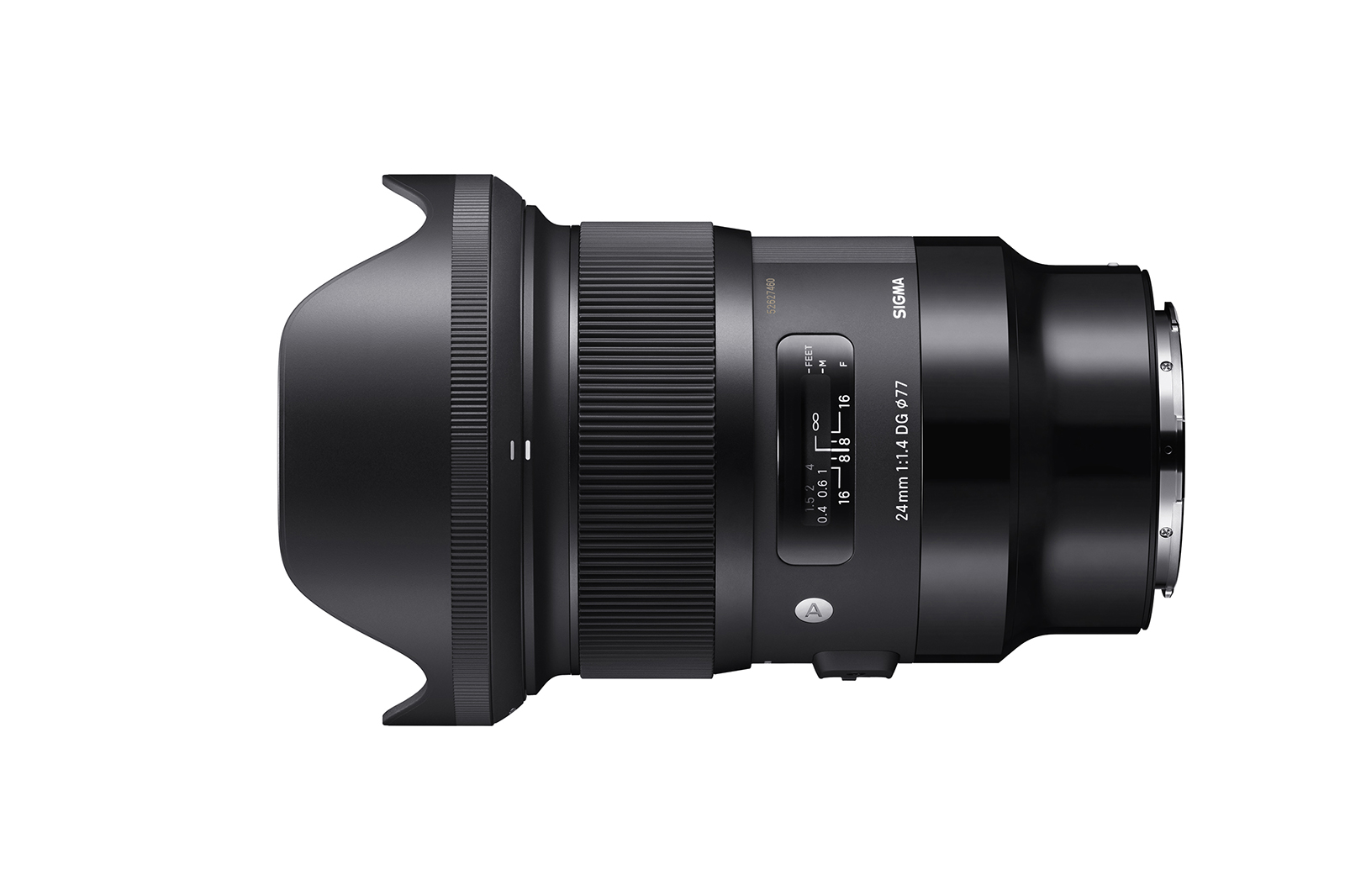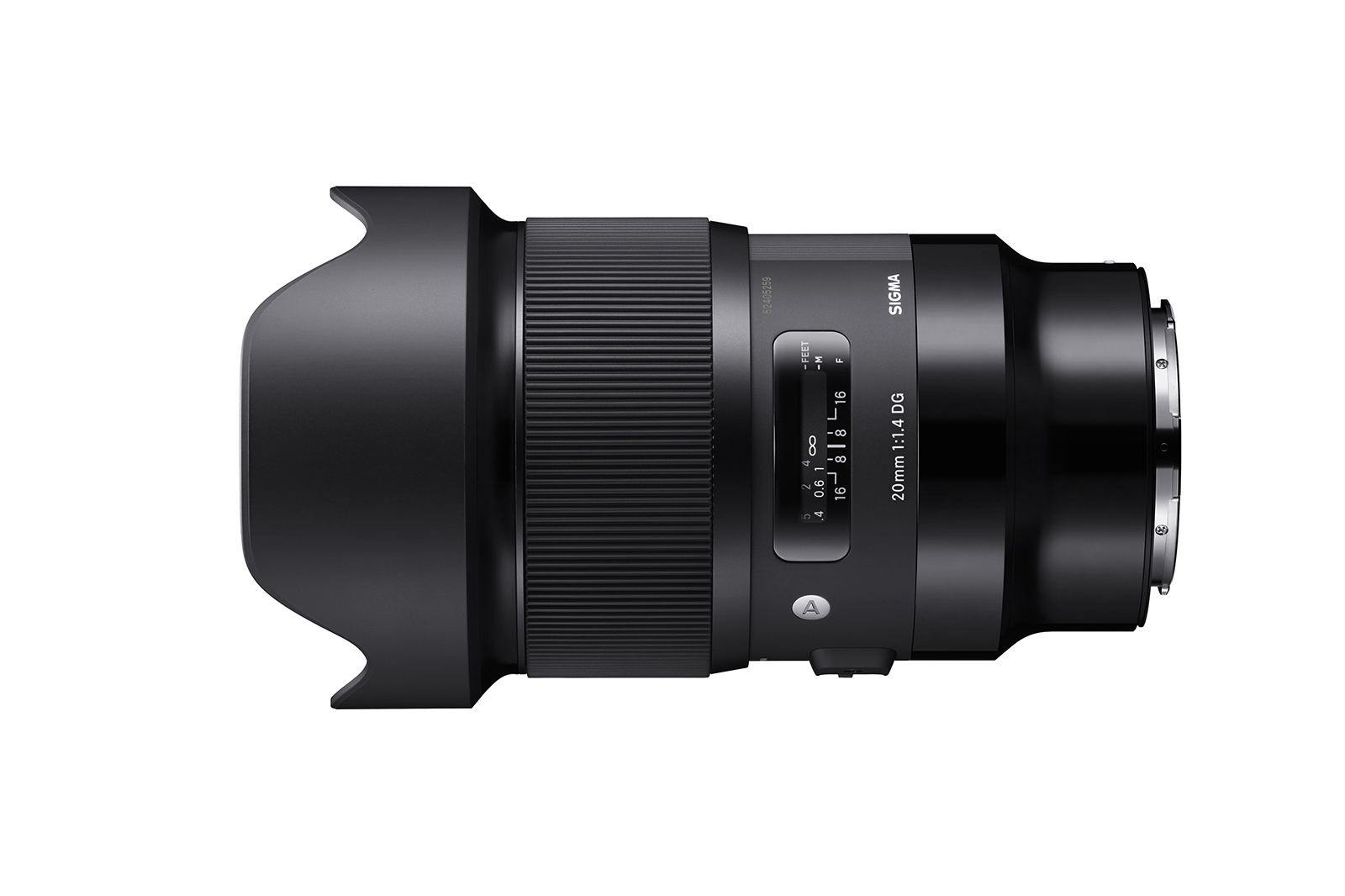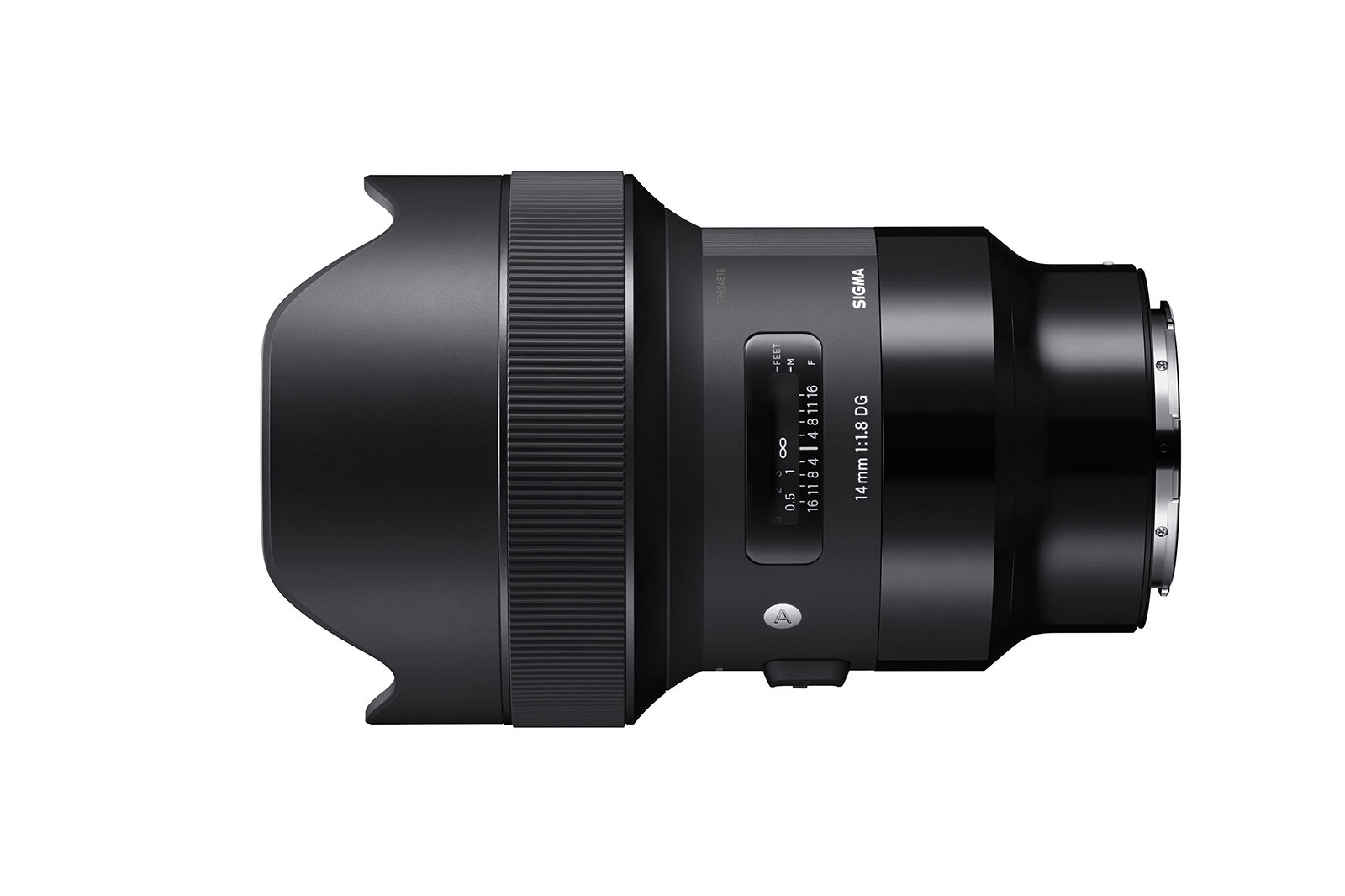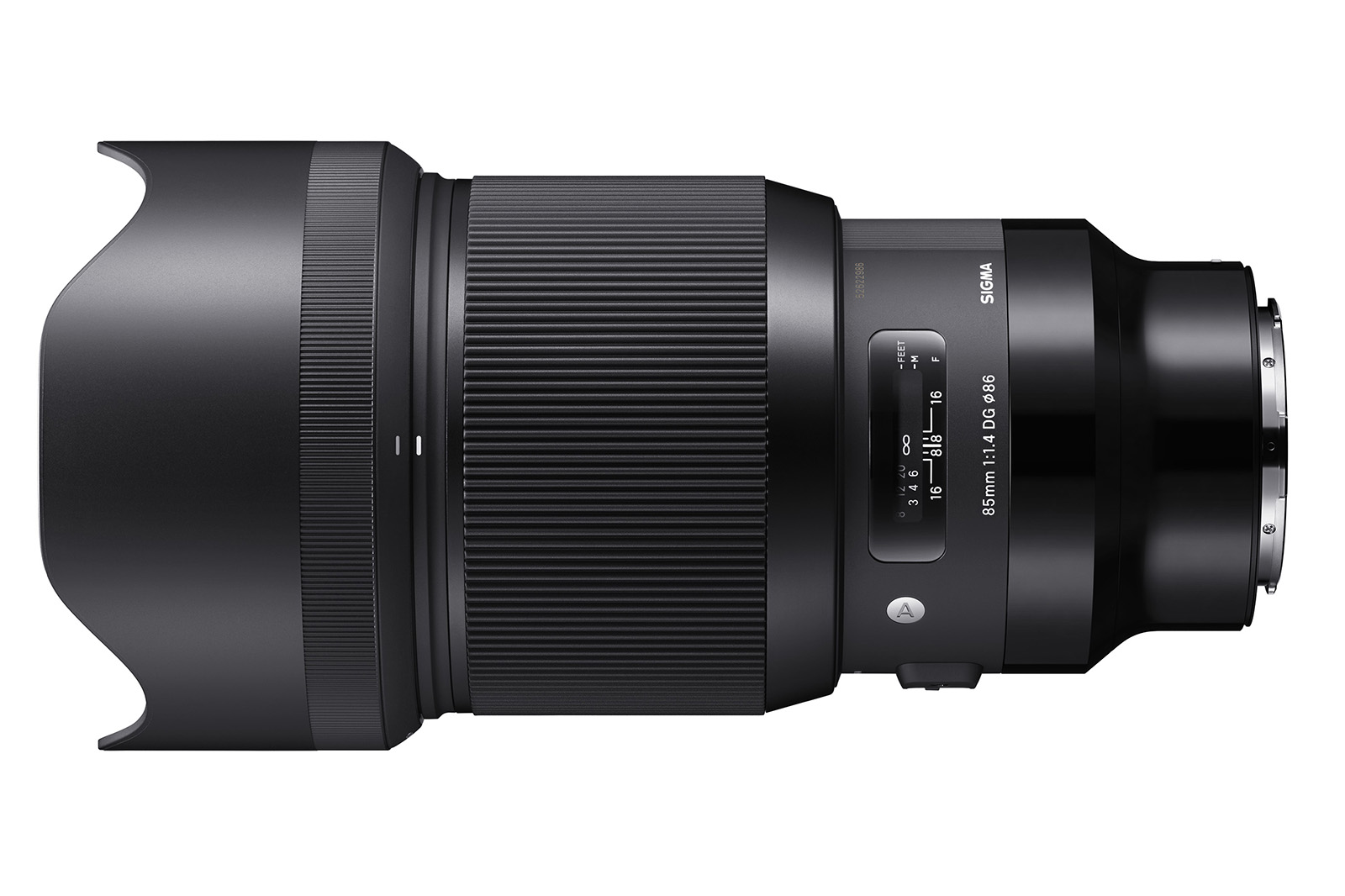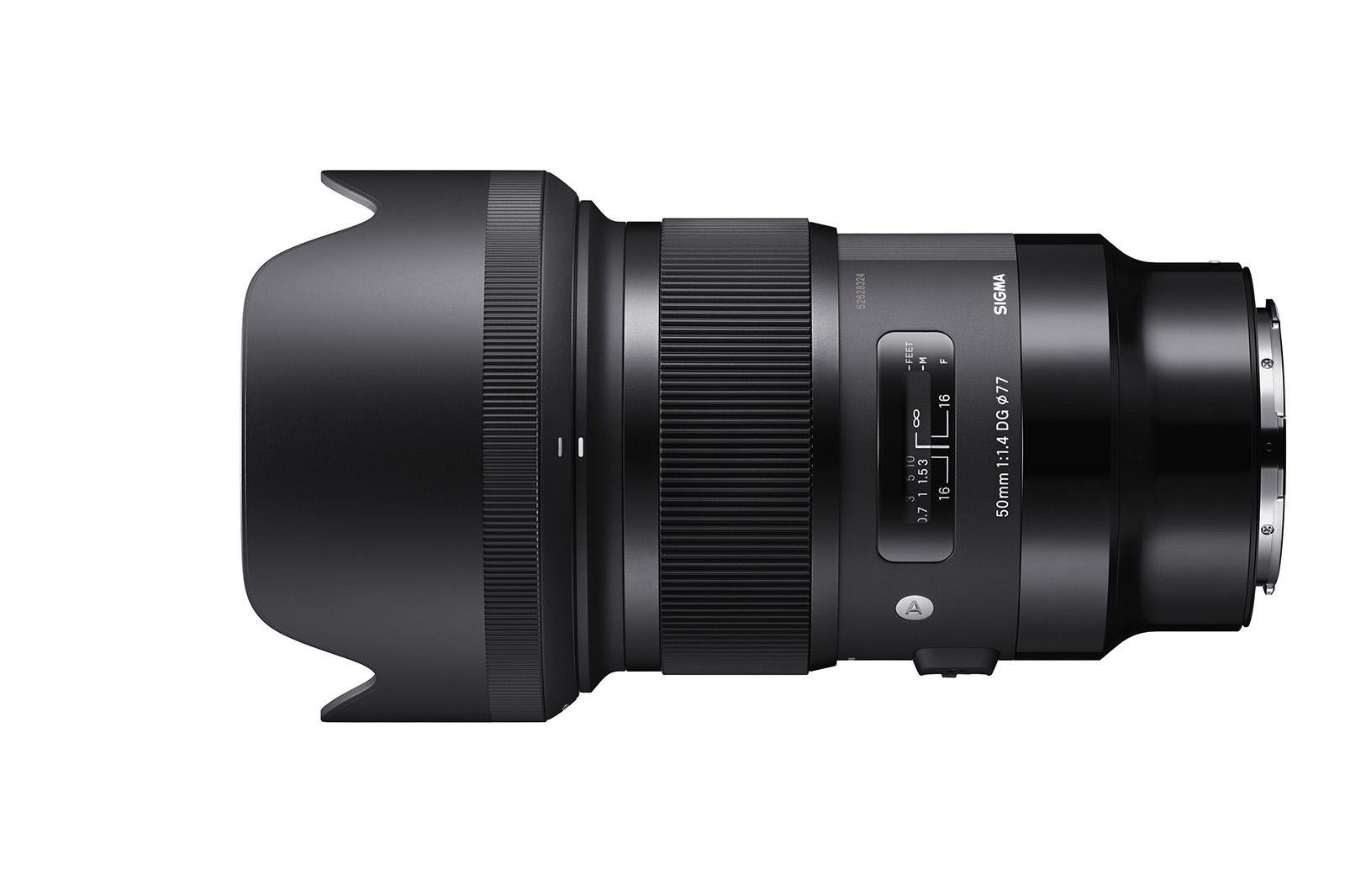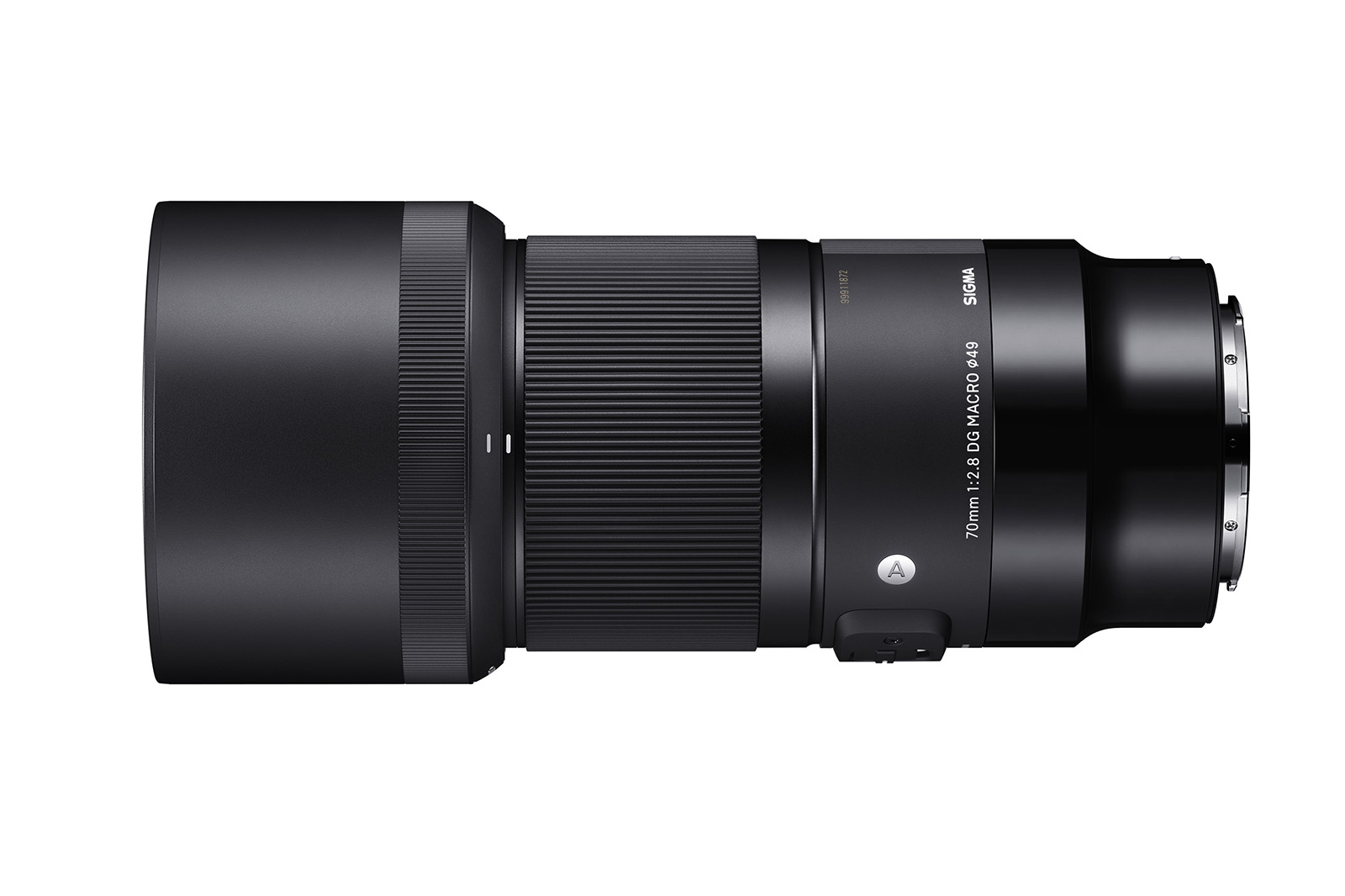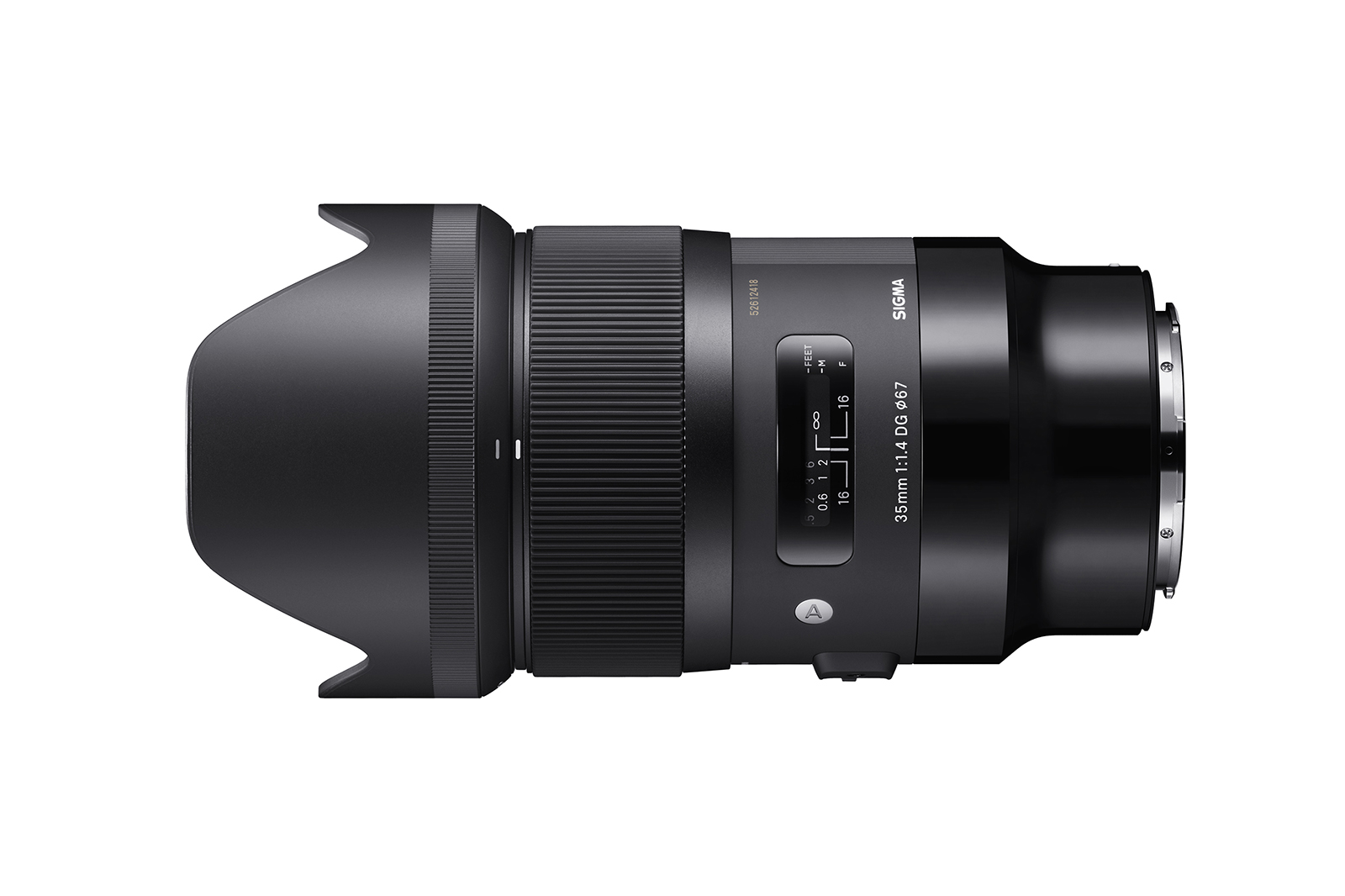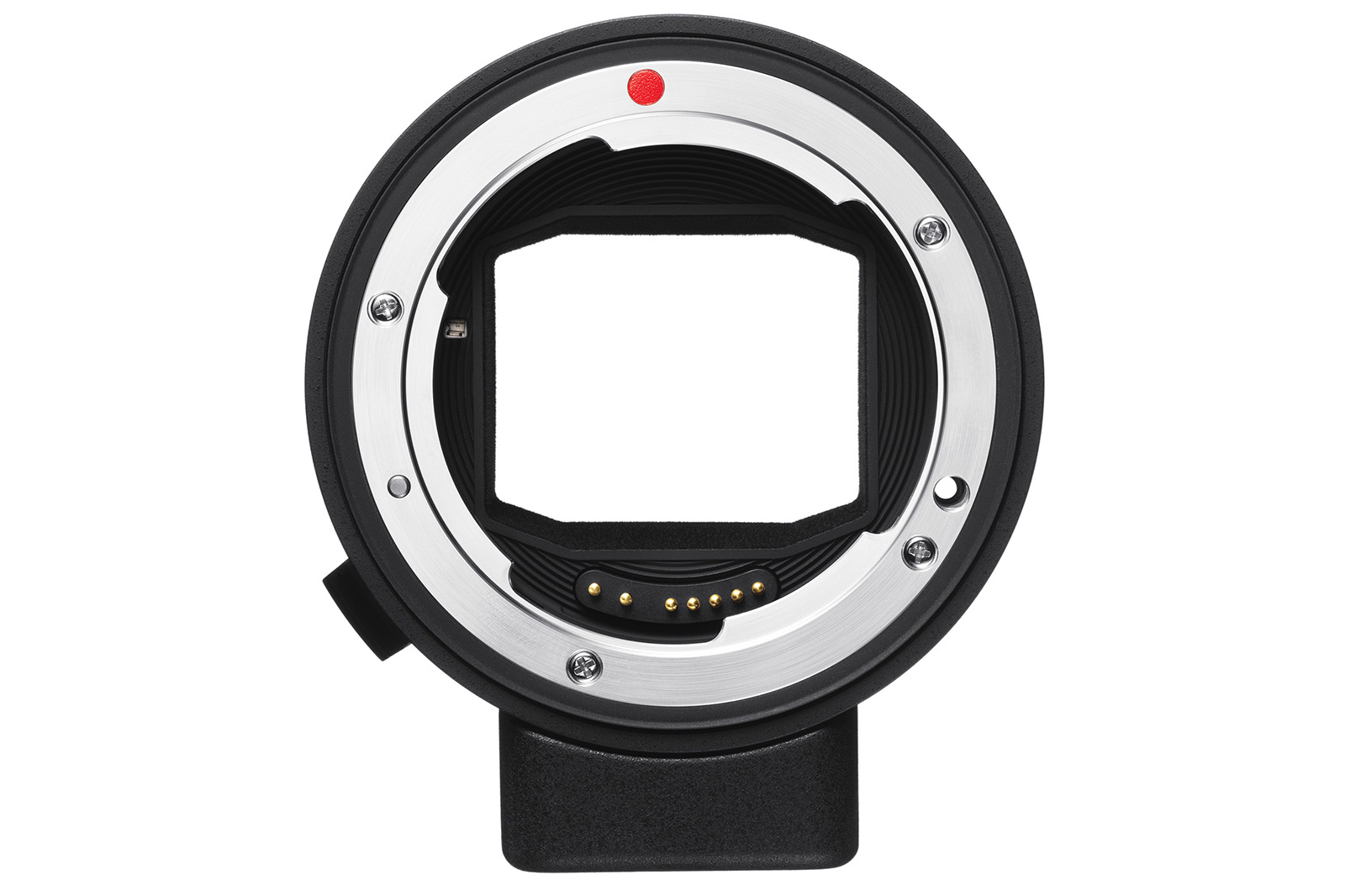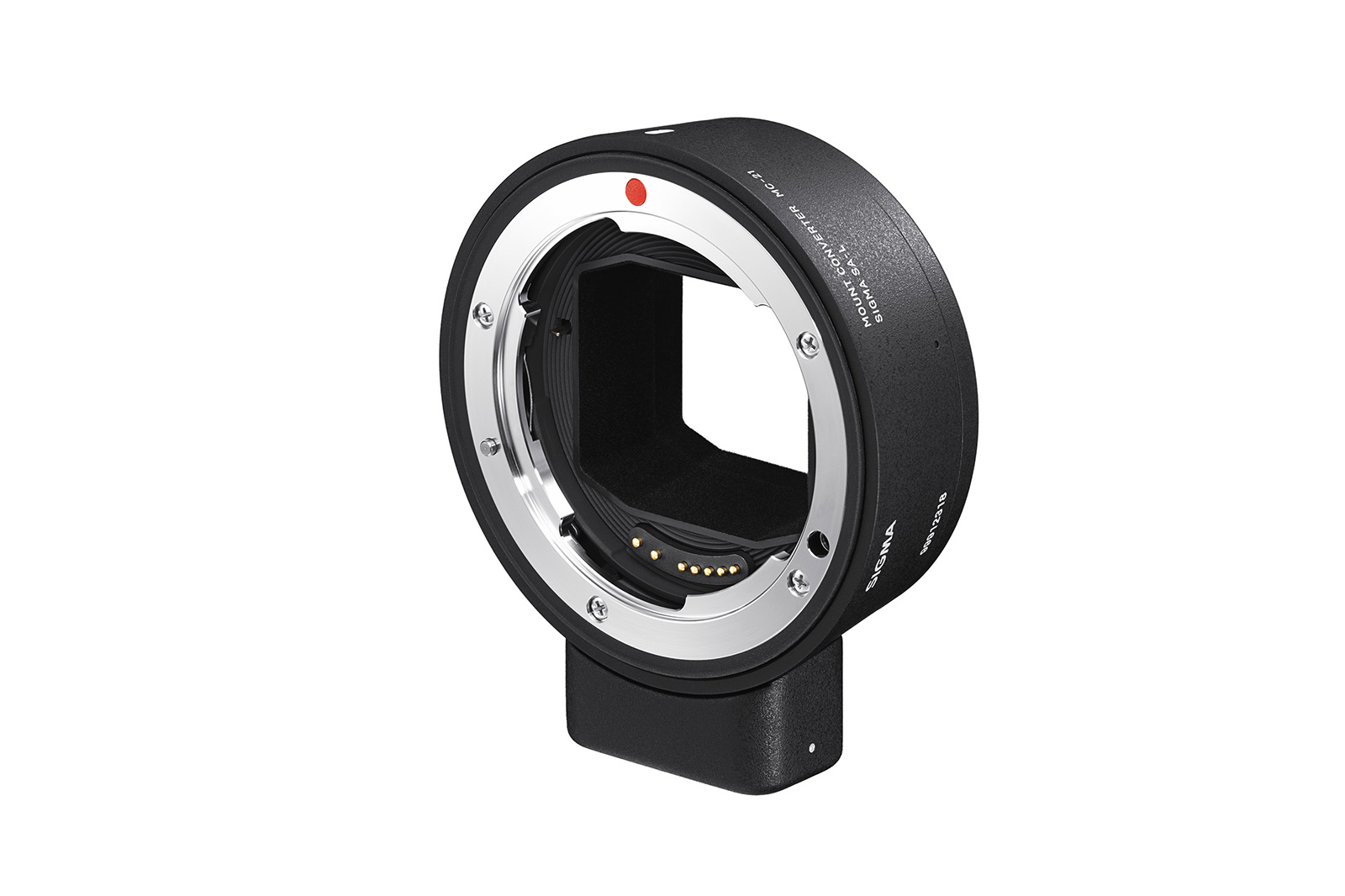Sigma has finally shown its cards when it comes to its role in the new L-Mount alliance. On Tuesday, February 26, Sigma Corporation announced the launch of the L-Mount Art lens line, along with a new adapter designed to allow existing lenses to fit on L-mount cameras like the Panasonic S1 and S1R.
The new lenses will bring 11 existing Art series lenses to the L-mount format — all of those lenses are prime lenses between 14mm and 135mm. Sigma says the new lenses will have autofocus systems designed specifically for the L-mount, supporting continuous autofocus. The lenses will also be compatible with in-camera stabilization systems. The lenses will also allow in-camera aberration correction.
The Art lenses coming to the L-Mount include:
- Sigma 14mm F/1.8 DG HSM Art
- Sigma 20mm F/1.4 DG HSM Art
- Sigma 24mm F/1.4 DG HSM Art
- Sigma 28mm F/1.4 DG HSM Art
- Sigma 35mm F/1.4 DG HSM Art
- Sigma 40mm F/1.4 DG HSM Art
- Sigma 50mm F/1.4 DG HSM Art
- Sigma 70mm F/2.8 DG Macro Art
- Sigma 85mm F/1.4 DG HSM Art
- Sigma 105mm F/1.4 DG HSM Art
- Sigma 135mm F/1.8 DG HSM Art
Sigma says the upcoming L-mount lenses will feel more stable than shooting with an adapter. But an adapter will be available for photographers who don’t want to upgrade their entire lens system when switching to the new L-Mount body. The Sigma Mount Converter MC-21 will adapt the Sigma SA mount and Canon EF mount to fit L-Mount cameras.
The converter will be compatible with 29 Sigma lenses. Autofocus will be compatible, but only in AF-S — continuous autofocus won’t be available through the adapter. An LED will change colors to alert users if an incompatible lens is mounted or if firmware is available. The adapter also supports EXIF data to embed lens information in the images.
Photographers who don’t want to use the adapter — perhaps because of that lack of continuous autofocus — have one more option. Sigma is continuing its mount conversion service with the L-mount for qualifying lenses for a fee.
The L-Mount Alliance allowed Panasonic’s new full-frame mirrorless cameras to launch with readily available lenses that don’t need an adapter by using the existing L-mount from Leica. But Leica isn’t exactly known for affordability. While Sigma’s Art lenses are high-end and not by any means budget shooters, the upcoming lenses open up more options for early adopters of that new system.
Sigma hasn’t yet shared a launch date or prices for the upcoming lenses or L-mount converter.
